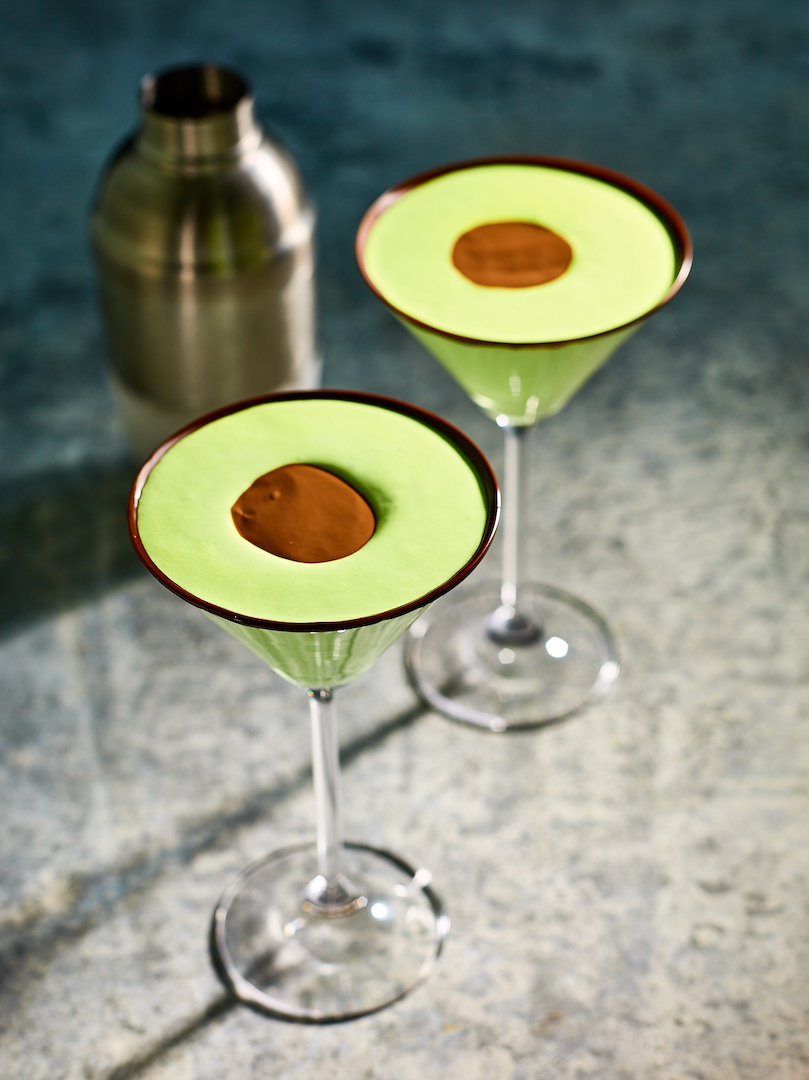Roald Dahl once implored, begged even, for parents to throw their T.V sets away. ‘‘In its place, install a lovely bookshelf on the wall’’, he urged. Ironic then, that for children today, his work (and estate) lives on via the big screen.
He had a point though, because books at their best can entertain, inspire and shape young readers in a way which no screen could possibly match. In the words of Frederick Douglas, ‘’once you learn to read, you will be forever free’’. And that’s what we want for our kids right? With that in mind, here are 5 IDEAL books you need to buy for your child.
‘GOOD NIGHT STORIES FOR REBEL GIRLS’ BY ELENA FAVILLI & FRANCESCA CAVALLO
Yep, before the whataboutery begins about the title, this one’s for the boys too. Rebel Girls is a book of 100 stories about 100 inspirational women, both past and present, illustrated by 60 female artists. Great stuff. The idea was conceived as an alternative to the stereotypical and often reductive image of girls and women in popular children’s fiction, and the idea gained such popularity that it broke records on crowdfunding site Kickstarter. This one is truly rewriting herstory, and is now a worldwide phenomenon, translated into 47 languages and with a follow up recently published.
A PERSONALISED CHILDREN’S BOOK BY KATE & JOL TEMPLE
We’re huge fans of this concept, where the authors Kate and Jol Temple, along with illustrator Christopher Cooper, tap into something truly magical with their personalised children’s book idea. While there are quite a few companies out there doing a similar of thing, the difference here is that as well as the child’s name, you can also add the name of beloved family members, friends, even pets, to the story, allowing a true representation of the child’s family. After all, families come in all shapes and sizes, something that many past children’s books don’t celebrate to their full potential.
Here’s how it works; you input the names you want featured online at mememe.press and they will work their wizardry to create an enchanting tale which is then shipped to your home. Because let’s be honest, could there be anything more captivating than seeing yourself in a fairy tale? Even the adults might find discovering a version of themselves rendered in whimsical print to be pretty charming.
‘THE TIGER WHO CAME TO TEA’ BY JUDITH KERR
An all time classic, first published in 1968 but still cherished today, The Tiger Who Came To Tea tells the tale of a tiger, anthropomorphised and able to enjoy an afternoon tea and even a cheeky beer, who arrives unannounced at the family home of a young girl named Sophie and almost quaintly, certainly mischievously, eats and drinks the house dry. The next day the family prepare for his return by investing in some tins of tiger food, but he never shows up. Though there has been much debate about the ‘hidden’ meaning behind the story, the beloved children’s author Judith Kerr insists it’s simply a tale of whimsy, family and friendship. The illustrations are simply fantastic.
‘AND TANGO MAKES THREE’ BY JUSTIN RICHARDSON & PETER PARNEFF
A heartwarming tale and celebration of a non ‘traditional’ family, And Tango Makes Three tells the story of two male penguins creating a family with the help of the kindly zookeeper Mr. Gramsay. The beauty of this book lies in the fact that it’s based on a true story; of two male penguins falling in love in New York’s Central Park Zoo. Shockingly, the book ruffled quite a few feathers, as it were, and was banned in parts of the U.S. Fortunately this warm and wonderful book benefited from the ban, shooting up the Amazon charts and generating positive publicity as a result.
‘THE BOY AT THE BACK OF THE CLASS’ BY ONJALI Q RAUF
One to save for when the kids are a bit older, this one, but just too good and relevant to leave off the list. Last month this enthralling tale of a 9 year old refugee separated from his family while fleeing Syria won the Waterstones Children’s Book Prize. The award is well deserved; though the subject matter is vital and necessary, the story is harnessed by lighthearted touch and lively humour. Without wishing to issue a spoiler alert, the resolution is warming, with the boy’s classmates coming together to form a plan to reunite him with his family. An amazing tale of friendship and tolerance, and one which the powers-that-be could learn a lot from.































































